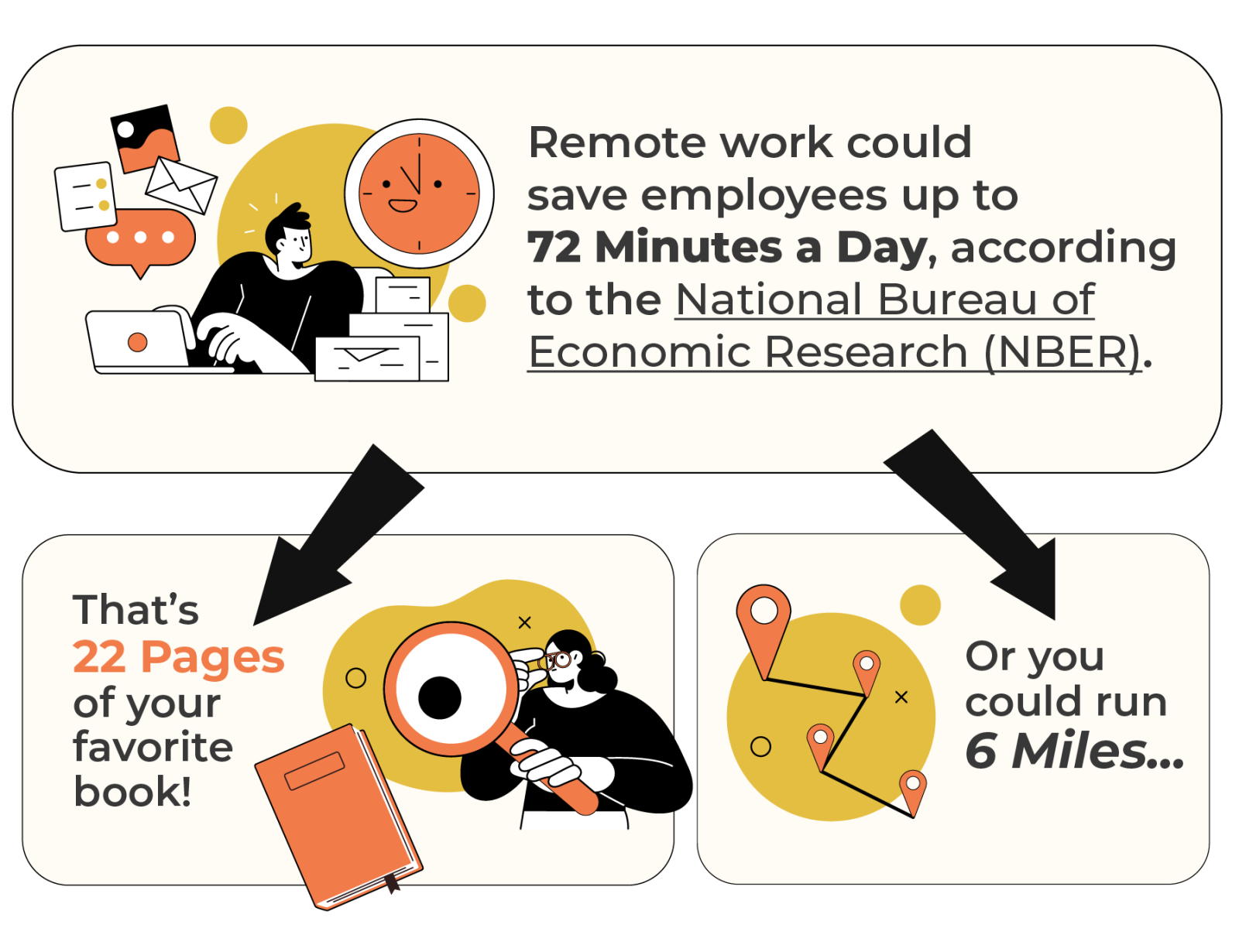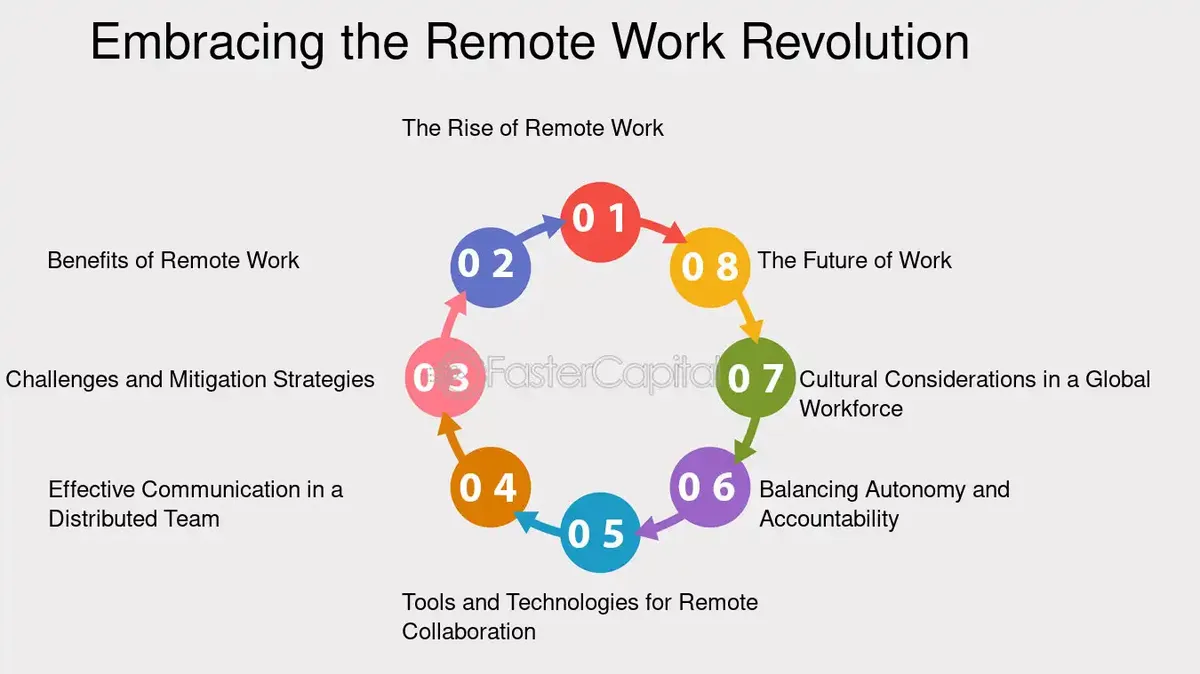Understanding Quiet Retirement in Remote Work
What is Quiet Retirement?
"Quiet retirement" is a relatively new term. It describes employees who are nearing retirement age but choose to stay in their current remote roles, performing the minimum required duties without seeking advancement or additional responsibilities. These individuals are mentally checked out. They are essentially retired but still collecting a paycheck.
This differs from traditional retirement. Retirement involves completely exiting the workforce. Quiet retirement is more about disengaging from career progression while maintaining employment for financial security.
The Emergence of Quiet Retirement Trends in Remote Work
The rise of remote work has significantly contributed to the emergence of quiet retirement trends. Remote work offers flexibility and autonomy. This can be particularly appealing to older workers who may be less interested in climbing the corporate ladder.
Without the physical constraints of an office environment, some employees find it easier to coast in their roles. They can maintain a comfortable work-life balance while still earning an income. The pandemic accelerated this trend, as many older workers experienced the benefits of remote work for the first time and are now reluctant to return to traditional office settings.
Managing Quiet Quitting Among Remote Teams
Defining Quiet Quitting in the Context of Remote Work
Quiet quitting in remote work refers to employees doing the bare minimum required of their job. They are not actively seeking to leave their position. They are disengaged and unmotivated, contributing only what is necessary to avoid termination.
This phenomenon can be more challenging to identify in remote settings. The lack of direct supervision can make it difficult to spot.
Common Signs and Causes of Quiet Quitting
Several signs can indicate quiet quitting among remote employees. These include a noticeable decrease in productivity, lack of participation in virtual meetings, and minimal communication with colleagues. They may also miss deadlines or produce subpar work.
Causes of quiet quitting often stem from burnout, lack of recognition, and poor work-life balance. Remote workers may feel isolated or disconnected. They may struggle with unclear expectations or inadequate support from management. According to a report by Gallup, 50% of the U.S. workforce are “Quiet quitters”.

Strategies to Combat Quiet Quitting in Remote Teams
Effective Communication Practices
Open and consistent communication is crucial for combating quiet quitting. Managers should schedule regular check-ins with their remote team members to discuss their workload, well-being, and career goals. Creating a safe space for employees to voice concerns and provide feedback is essential.
It's also helpful to use various communication tools. Use video calls, instant messaging, and project management platforms to maintain a sense of connection and collaboration.
Workload Management and Employee Support
Proper workload management is vital to preventing burnout. Managers should ensure that tasks are evenly distributed. They should provide support when needed.
Offering resources for stress management and mental health can also help. This demonstrates that the company values employee well-being. Implementing flexible work hours and encouraging breaks can further support a healthy work-life balance.
Compensation and Recognition Strategies
Fair compensation and recognition are key motivators for employees. Companies should regularly review their compensation packages to ensure they are competitive. They should also acknowledge employee contributions through both monetary and non-monetary rewards.
Recognition can be as simple as a shout-out in a team meeting. It can be more formal, like an employee-of-the-month program. Recognizing efforts can significantly boost morale. This can prevent quiet quitting.
Engagement Strategies for Remote Employees
Importance of Employee Engagement in Remote Work
Employee engagement is critical in remote work environments. Engaged employees are more productive, innovative, and committed to their roles.
They are also more likely to stay with the company. This reduces turnover costs. They contribute to a positive work culture. This is vital for remote teams that may lack the natural camaraderie of a physical office.
Unique Engagement Tactics for Remote Teams
Virtual Social Events and Team Building Activities
Organizing virtual social events can help remote employees feel more connected. Events like online game nights, virtual coffee breaks, and themed social hours can foster a sense of community.
Team-building activities, such as virtual escape rooms or collaborative online projects, can also enhance engagement. These activities encourage interaction. They strengthen relationships among team members.

Career Growth and Development Opportunities
Providing opportunities for career growth is essential for keeping remote employees engaged. This can include access to online courses, webinars, and mentorship programs.
As mentioned in the article "Spotting the Hottest Remote Work Trends for 2025", staying ahead of the curve in terms of employee development is crucial. Companies should encourage employees to develop new skills. They should support their professional goals.
Mental Health and Well-being Initiatives
Supporting mental health and well-being is crucial for remote employees. Companies can offer resources such as access to counseling services, stress management workshops, and wellness programs.
Promoting a culture that values mental health. Encouraging employees to take breaks and prioritize self-care. This can significantly improve engagement and reduce the risk of burnout.
Benefits of Remote Work Retirement Plans
Financial Implications of Remote Work on Retirement Savings
Remote work can have significant financial implications for retirement savings. Employees working remotely often save money on commuting, work attire, and meals.
These savings can be redirected towards retirement contributions. The article by PlanPILOT highlights that remote workers have saved as much as $6,000 annually. They could actually average over $10,000 per year.

Adapting Retirement Benefits for Remote Workers
Innovations in Virtual Benefits Education
Adapting retirement benefits for remote workers involves leveraging technology to provide virtual benefits education. Companies can host webinars and online workshops to educate employees about their retirement plan options.
These sessions can cover topics such as contribution strategies, investment choices, and retirement planning tools. Providing access to financial advisors virtually can also help employees make informed decisions about their retirement savings.
User-Friendly Online Retirement Platforms
User-friendly online platforms are essential for managing retirement benefits in a remote work environment. These platforms should allow employees to easily access their account information, make changes to their contributions, and view their investment performance.
Many platforms also offer personalized retirement planning tools. These tools can help employees set goals and track their progress.
Conclusion: The Future of Remote Work and Quiet Retirement
The Shift in Work Perceptions and Employee Expectations
The rise of remote work has led to a significant shift in work perceptions and employee expectations. Many workers now prioritize flexibility, work-life balance, and autonomy.
Quiet retirement reflects this shift. Employees are seeking ways to maintain their lifestyle and financial security without the traditional pressures of career advancement. This trend highlights the need for companies to adapt their approach to employee engagement and retention.
Long-term Implications for Companies and Employees
The long-term implications of quiet retirement for companies include the need to rethink talent management strategies. Companies must find ways to keep older workers engaged and motivated, even if they are not seeking promotions or additional responsibilities. Providing opportunities for mentorship, skill development, and flexible work arrangements can help retain experienced employees while addressing their desire for a balanced lifestyle.
For employees, quiet retirement offers a way to transition out of the workforce gradually. It allows maintaining financial stability. It also allows enjoying the benefits of remote work. However, it is crucial for employees to stay engaged and productive to ensure their continued employment and avoid negative repercussions.
Key Takeaways:
- Quiet retirement involves disengaging from career progression while maintaining employment for financial security, differing from traditional retirement.
- Remote work offers flexibility, appealing to older workers and contributing to the rise of quiet retirement.
- Quiet quitting in remote work involves doing the bare minimum, often due to burnout, lack of recognition, and poor work-life balance.
- Strategies to combat quiet quitting include effective communication, proper workload management, and fair compensation and recognition.
- Virtual social events, career growth opportunities, and mental health initiatives are crucial for engaging remote employees.
